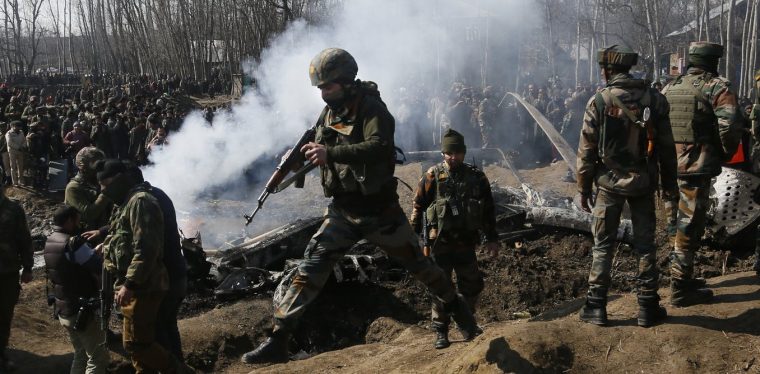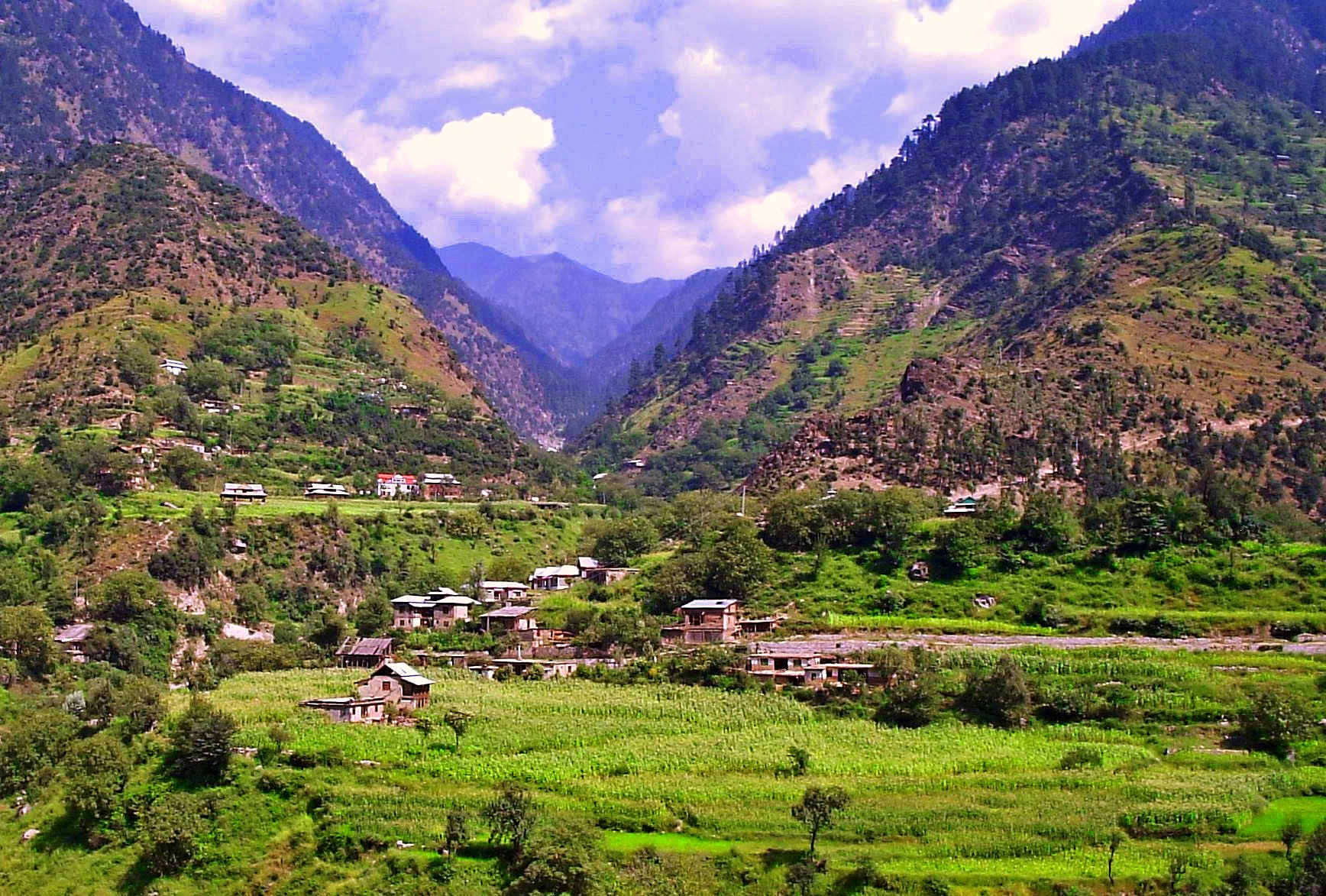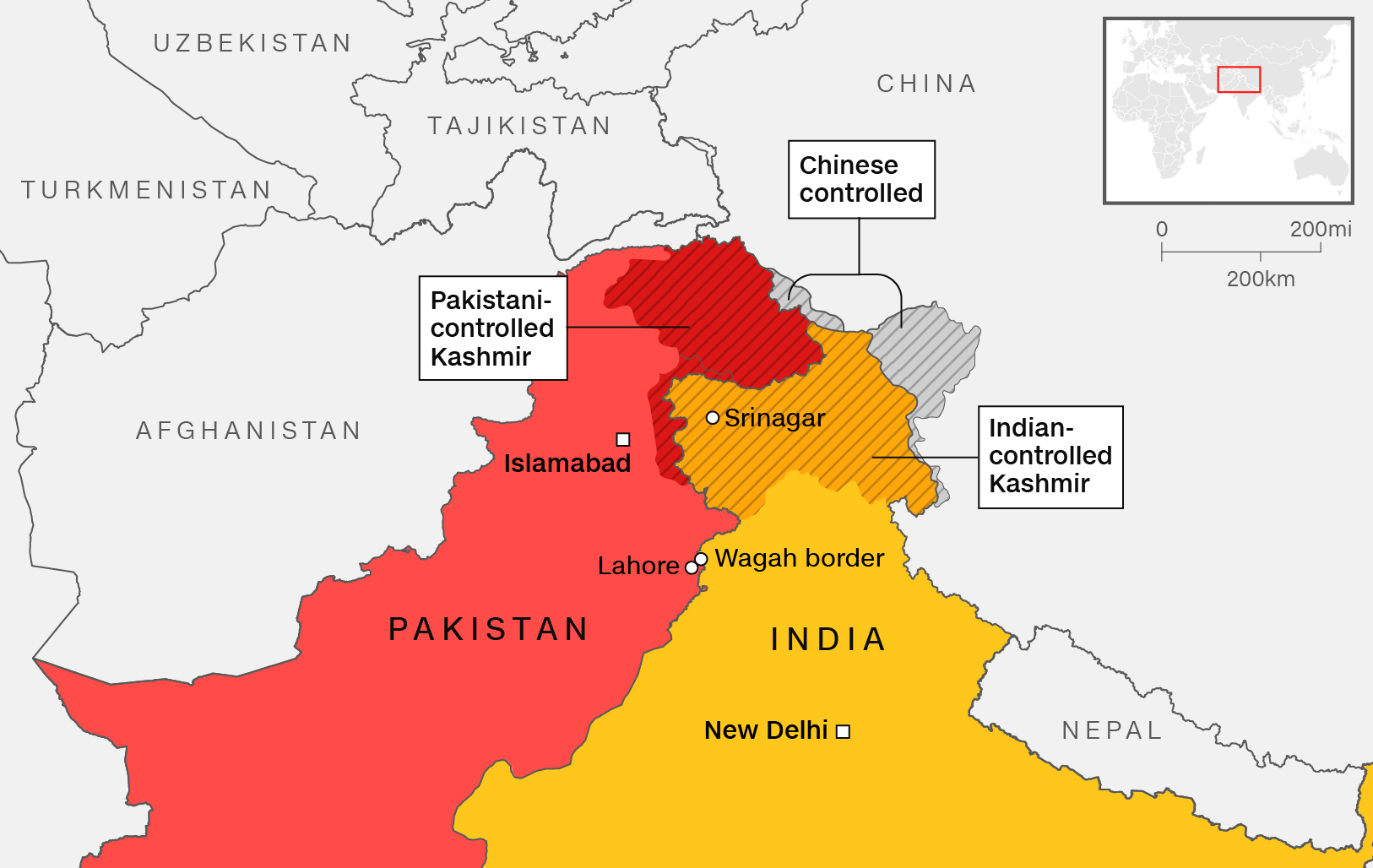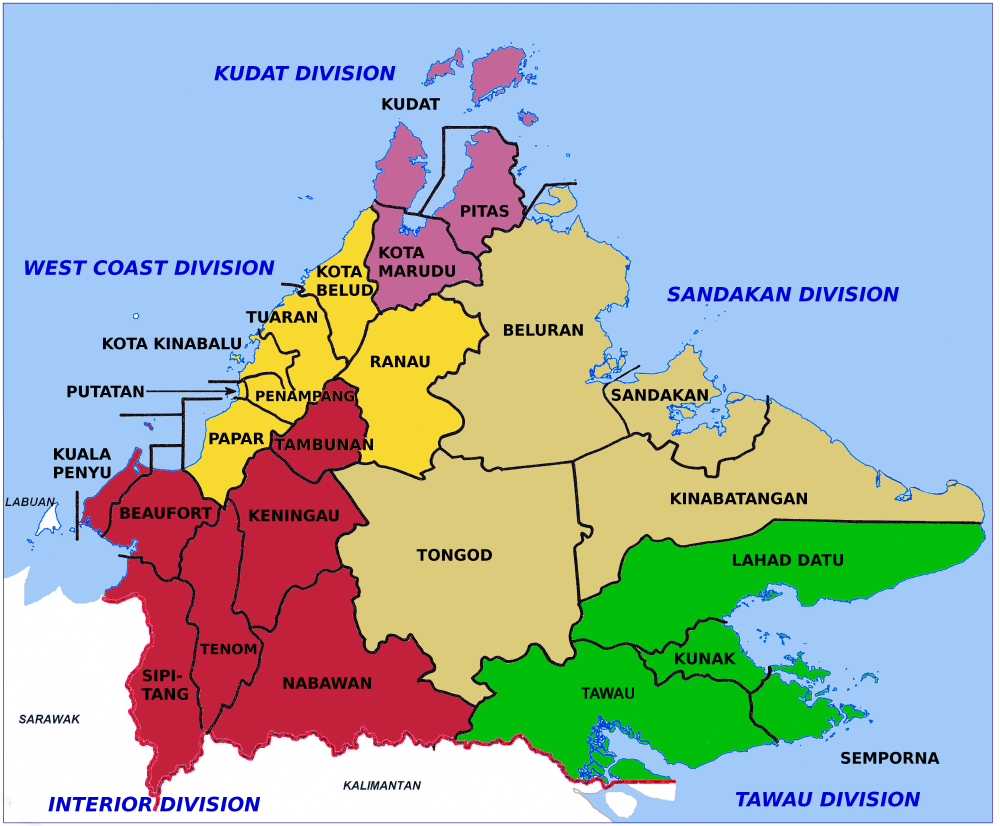
Scenic beauty, high passes, and countless legends. A place that is so contested as it is beautiful. Sandwiched between Pakistan and India, it is surrounded by perhaps one of the most complicated international borders in the world.
How it all begin then? How can two countries that are so similar in many ways, ended up being the biggest nemeses of each other’s?
India’s colonial past might have been a major factor. When Pakistan was hastily, or rather, clumsily carved out of the massive South Asian nation, it was done based on the majority religion practiced by either side. As a result, Kashmir, a princely state then and also an ethnically unique territory is pressured to join either new nation.

Photo: The CQnversation
It gets complicated
As partition-related violence intensified, Kashmir was now being torn apart by both the new countries. For India’s protection from Pakistan’s pressure, the maharaja then signed the Instruction of Accession, that essentially make Kashmir an autonomous state of India.
The Maharaja’s decision brought about years of conflict in Kashmir, including two wars and constant insurgency.
What happens when you put a nation in a political pressure cooker? Something is bound to give.
Rising nationalism
To further complicate the situation, an uprising separatist movement gained traction despite the potential risks that may cause upon themselves.
Why would a population subject themselves to such ordeal? Under what circumstances can they be pushed to the edge, despite the resources and development they received from the Indian government.
In the centre of everything, it is the sense of identity and alignment that fuel such movements; which in turn, has provided the international media a narrative to undermine the legitimacy of such movement.
Autonomy aspiration
All separatist movements have ultimate goals that call for greater control for the state. Such aspiration, is however hampered by the sheer geographical, religion, and ethnic complexity of Kashmir.
Jammu and Kashmir covers around 45% of Kashmir, in the south and east of the region, while Pakistan controls Azad Kashmir, Gilgit, and Baltistan, which cover around 35% of the total territory in the north and west. Both countries claim complete ownership of Kashmir; also in the picture is China, which controls around 20% of Kashmir territory known as Aksai Chin.

Photo: CNN International Edition
The issue is also one of the oldest items on the agenda at the United Nations, where India and Pakistan took their dispute soon after independence. Both countries agreed to a plebiscite in principle, to allow Kashmiris to decide their own future, but it has never been held because it was predicated on the withdrawal of all military forces from the region, which has not happened even decades on.
For the people of Kashmir, it could take many more years, if at all possible, to find a peaceful resolution for the dispute.
Closer to home
The Borneo Malaysian state of Sabah, which shares land borders with Brunei and Indonesia, and a 1,743 kilometres coastline which serves as a vague international border with The Philippines; rendering a task to safeguard the total security of Sabah a feat that is next to impossible.

Photo: Wikimedia
Through its complex history since the 15th century, which chiefly consisted of colonisation by Brunei, Sulu Empire, British Empire, and the Japanese Empire; the aspiration for a truly free state, has always been undermined by the pro-federalists.
With a population makeup in excess of 30 ethnic groups, Sabah is unique in every way. The federal government’s bid to introduce BM as the language of instruction has been construed as one of the many routes of assimilation.
This was further compounded by the general sentiment of the separatists that Sabah would be better off had it not joined the Federation of Malaysia, which further evidenced by the political will of some MPs to safeguard Sabah’s right to use English as medium of instruction in schools.

Photo: The Star
The recently tabled bill, which would supposedly reinstate the East Malaysian States of Sabah and Sarawak as equal partners to the Federation of Malaysia, was nevertheless defeated, albeit the absence of any practical changes to the relationship between the Bornean Malaysian states and the federal government.
Fifty-nine MPs refrained to vote for the bill, is a testament of the complexity of such issue. This news was however being leveraged by the separatists party who cried foul; amids fear of the federal government might seize such opportunity as a precedence to weaken the claim for Sabah and unique autonomous status, and hamper its bid for a fairer resources distribution.
What can we learn back home
Be it Kashmir or Sabah, there is no one simple narrative that can fully explain the complexity of the conflicts.
Here are what we can do to prevent deepening of political divide at the grassroots level, and in turn, creating a more conducive environment for all Malaysians:
Be informed
Learn about the history of our country. Keep an open mind when having a conversation with your East Malaysian friends. Make comparison without discounting the magnitude of the State’s issues.
Be sensitive
Don’t point out the obvious. There are apparent distinctions in circumstances amongst different states, and those are bad topic makers. Wherever you are, whoever you meet, humility goes a long way.
Be respectful
Some jokes are no longer funny. Any statement that portraits another state as being less than is never in good taste.

Photo: Free Malaysia Today
In the era of new Malaysia, will the Bornean states of Malaysia ever be true equal partners of the federation, and as a result, all disputes with regard to culture, resources, and political powers become things of the past? Only time will tell.
Thumbnail: The CQnversation







